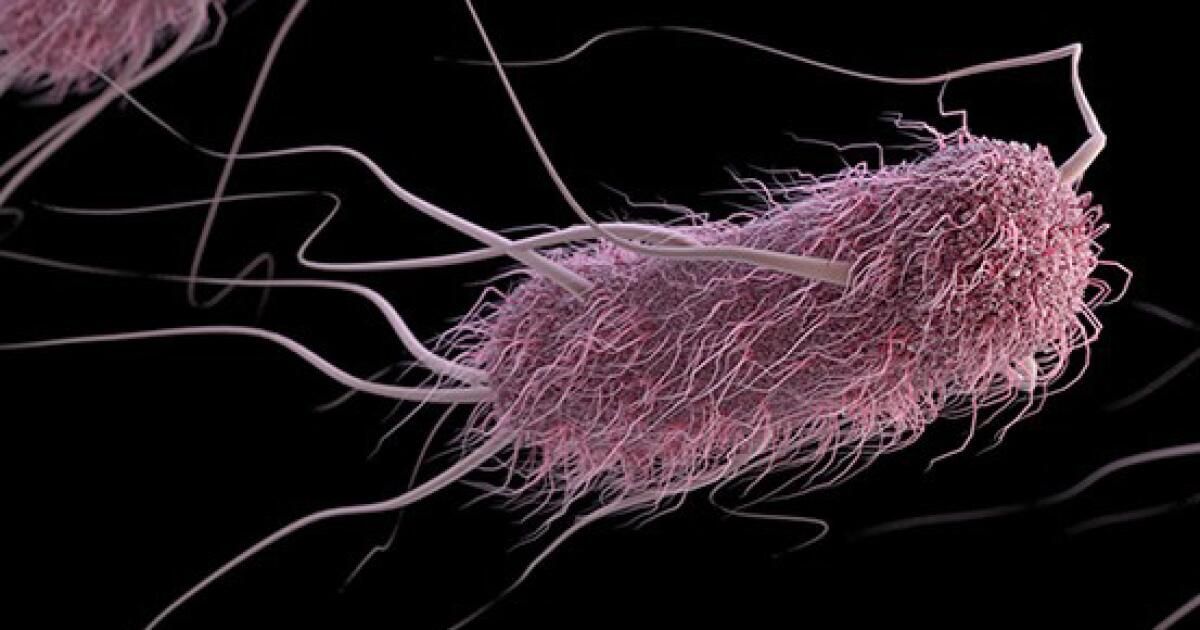It has long been believed that urinary tract infections are largely caused by poor personal hygiene. However, new research suggests that many cases may actually be caused by infections of Escherichia coli bacteria from contaminated meat purchased at grocery stores.
UTIs are common (globally there are 400 million cases a year) and can occur when bacteria enter the urethra and infect the urinary tract, according to the U.S. Centers for Disease Control and Prevention.
Although public health agencies, including the CDC, have made clear that Escherichia coli can cause urinary tract infections, the information they provide is often vague. Generally, when Escherichia coli appears on agency websites, it is in the context of strains that cause diarrhea.
A new study published Thursday in the scientific journal American Society for Microbiology highlights strains of Escherichia coli that cause UTIs.
Between 2017 and 2021, researchers at George Washington University and Kaiser Permanente Southern California collected more than 5,700 urine samples that tested positive for MY. coli of American patients with urinary tract infections residing in Southern California, from Bakersfield to San Diego.
The researchers also sampled meats (including turkey, chicken, pork and beef) sold at retail establishments in the neighborhoods where those patients lived.
By comparing those two sets of samples, the researchers determined that about one in five of those infections could be related to exposure to Escherichia coli of contaminated meat that was purchased in the US.
“Urinary tract infections have long been considered a personal health problem, but our findings suggest that they are also a food safety problem,” said Lance Price, lead author of the study and professor of environmental and occupational health at George Washington University.
Among the meat samples, Escherichia coli Contamination was highest in chicken (found in 38% of collected samples) and turkey (36%), followed by beef (14%) and pork (12%).
According to the study, foodborne UTIs disproportionately affect women, as well as people living in low-income areas.
Women are much more prone to infection in general due to their anatomy. Women have a shorter urethra (the tube that carries urine from the bladder to the outside of the body) and the short distance makes it easier for bacteria to travel up the urethra to the bladder. However, it is not clear why foodborne UTIs would affect women more than men.
It is also unclear why there is such a strong correlation between foodborne UTIs and people living in high-poverty areas. However, the study found that Escherichia coli contamination was more common in “value packages” of meat; that is, products that contain larger amounts of meat and are sold at a lower price per pound.
“My own experience going to grocery stores in more affluent communities versus low-income neighborhoods is that the quality of the products is lower” in the latter, Price said.
The study also suggested that factors such as storage at inappropriate temperatures, lack of proper safety and hygiene practices during handling, and production in unsanitary conditions could have contributed to Escherichia coli pollution.
Price said he and his team would sometimes see packages of chicken that were “bloated with saline.” Excess water could have been the culprit Escherichia coli contamination if it were to leak onto the checkout conveyor belts and contaminate other grocery items.
While Price believes our food supply chain could do more to reduce the risk of foodborne UTIs, consumers can practice safe food handling to reduce the risk of exposure. That includes:
- Buy meats and poultry that are securely sealed to prevent leakage to other foods.
- Thoroughly cook all meat and poultry products. A complete list of recommended temperatures for whole cuts of beef, ground meats, and poultry can be found on the CDC website.
- Avoid cross contamination in the kitchen.
- Wash hands and kitchen surfaces after preparing raw meat.












